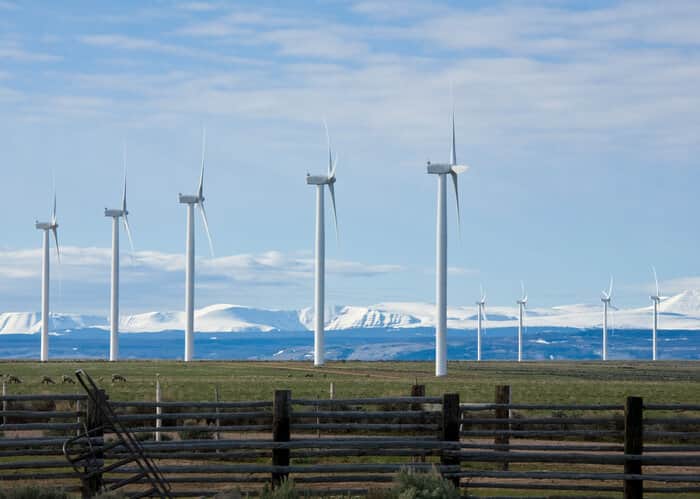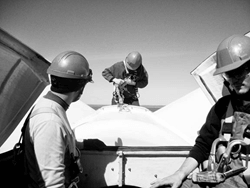 The Barbados Light & Power Corp. (BLPC) recently commissioned a study to determine the long-term impacts of increased wind and solar penetration on transmission and distribution systems.
The Barbados Light & Power Corp. (BLPC) recently commissioned a study to determine the long-term impacts of increased wind and solar penetration on transmission and distribution systems.
The Barbados Renewable Integration Study, conducted by GE's Energy Consulting business, concluded that no insurmountable operating challenges were uncovered when connecting up to 20 MW of distributed photovoltaic (PV), 15 MW of wind and 20 MW of centralized PV generation to the Barbados power grid. This was primarily enabled by carrying additional regulating reserves and did not require extensive mitigations to the system or operations. The study noted that minimal curtailment of the renewable generation would be needed.
The following mitigation measures are required to improve the reliability and security of BLPC's grid under the examined renewable energy penetration limits:
- Spinning reserves to counteract variability of wind and solar;
- Automatic generation control for improved frequency regulation;
- Frequency and voltage ride-through capability on all renewable energy plants;
- Governor droop response from thermal and renewable plants; and
- Improved voltage control on distribution feeders.
Voltage and frequency ride-through capability on all new distributed PV systems is especially critical for Barbados, given that distributed PV is likely to be the dominant type of renewable energy resource on the island. Based on the study results, BLPC was able to increase the permissible limits on the country's renewable energy rider from 9 MW to 20 MW, allowing continued growth for the Barbados solar industry.
The study also showed that renewable generation reduced the operating cost by as much as $62.5 million per year. These savings could be used to offset capital costs and modifications in operating practices.
GE's Energy Consulting business modeled the production cost and analyzed the capacity value, dynamic stability and distribution system of the Barbados power grid. To execute the broad range of technical analysis required for this study, GE worked closely with the BLPC to understand its system and operations. AWS Truepower provided the chronological two-second wind and solar data used for the study.



